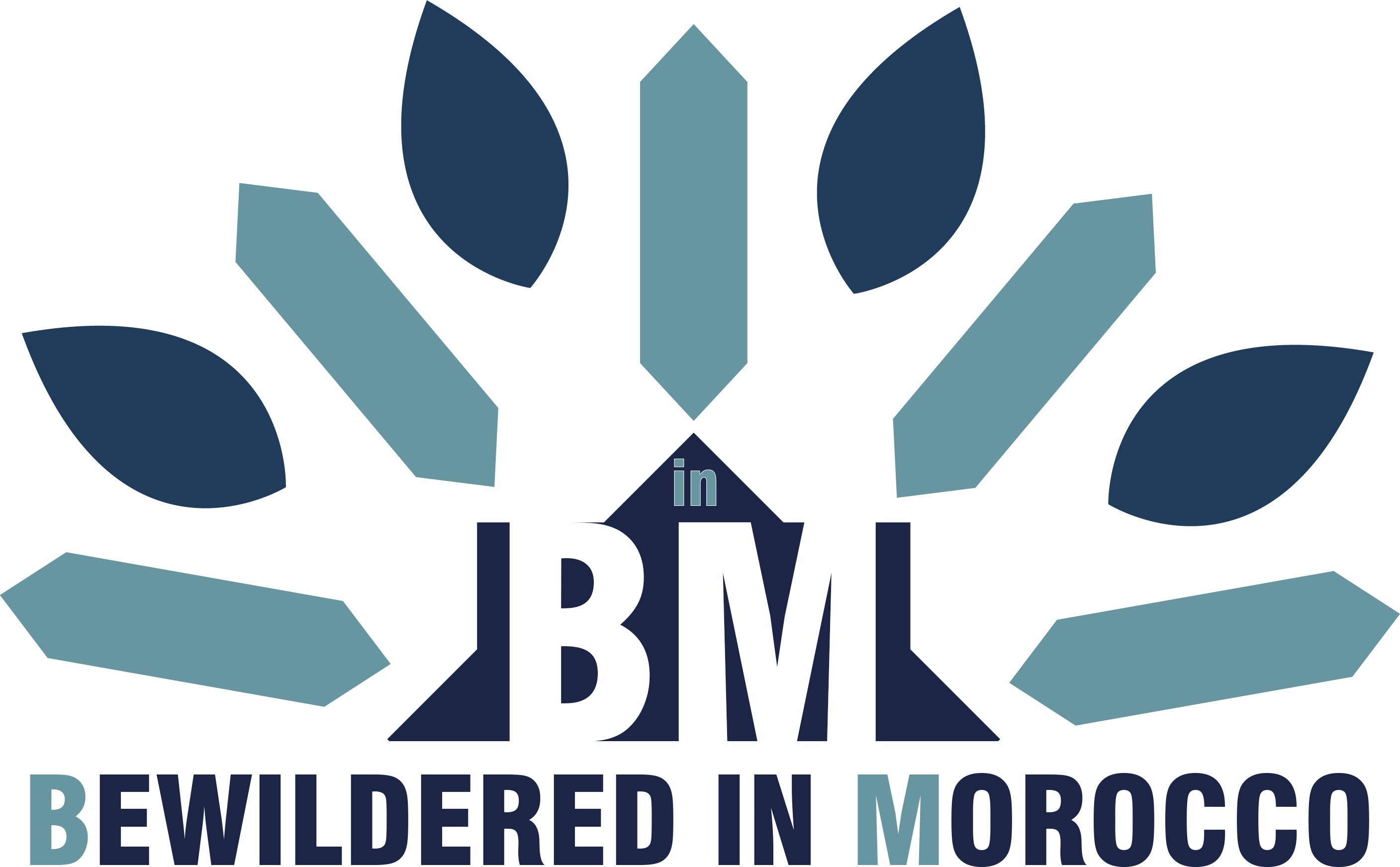I just returned from the most incredible three days of my life at the Gnaoua Festival Essaouira 2025, and I'm still buzzing with the energy of those magical nights. As someone who has lived in Morocco for years, I thought I knew what to expect from this legendary festival. But nothing—absolutely nothing—could have prepared me for the spiritual journey I experienced in the windswept city of Essaouira from June 19-21.
The 26th edition of this world-renowned festival brought together 350 artists, including 40 traditional Gnaoua masters (maâlems), for 54 unforgettable concerts that transformed the entire medina into a living, breathing musical experience. If you're planning to visit Morocco, this festival should be at the very top of your list.
What Makes the Gnaoua Festival Essaouira So Special?
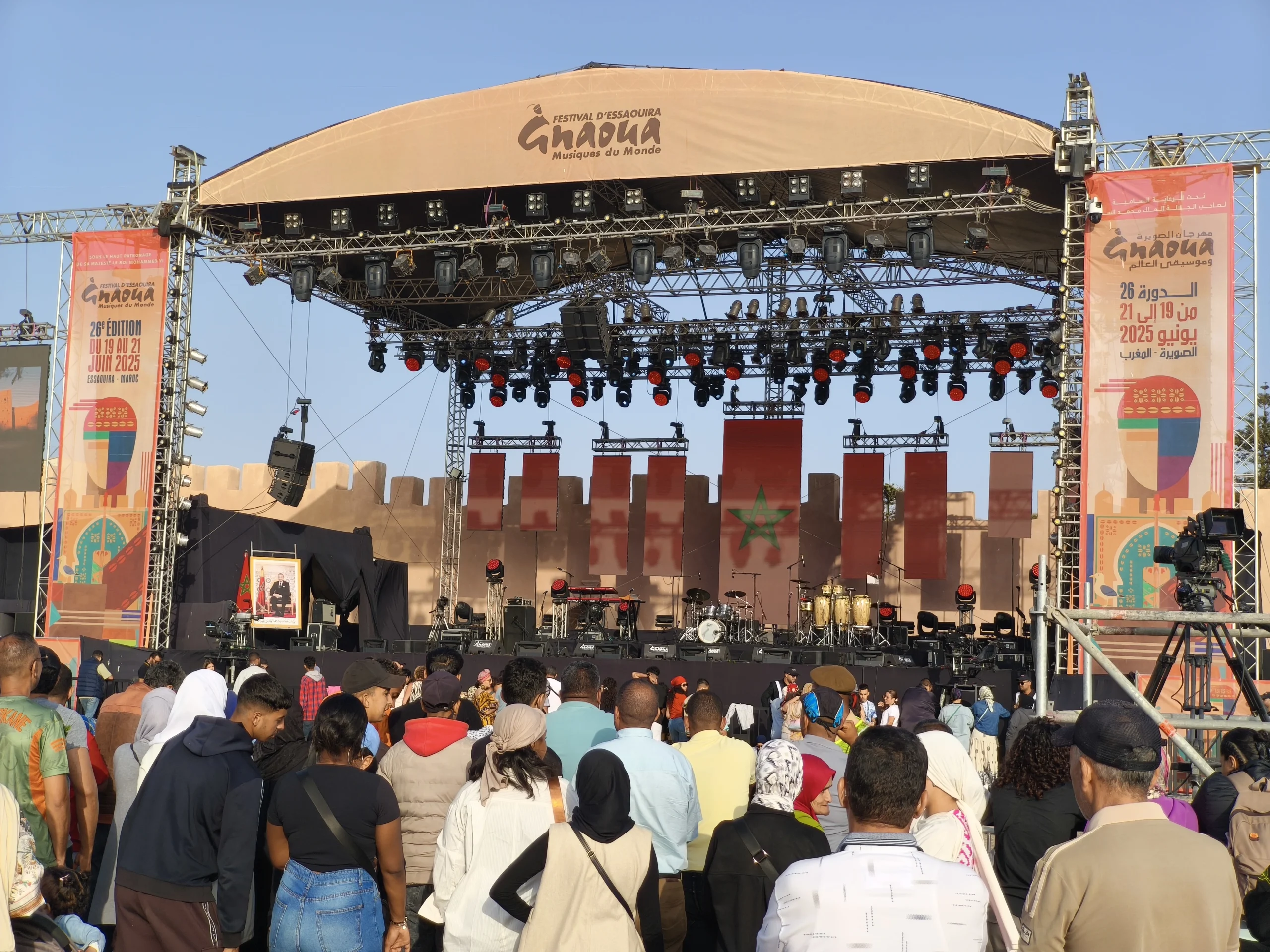
When I first heard about the Gnaoua Festival Essaouira 2025, I wondered what all the fuss was about. Then I witnessed Maâlem Hamid El Kasri open the festival on the main Moulay Hassan stage, and everything changed. His powerful voice, combined with the hypnotic rhythms of the guembri (a three-stringed bass lute) and the metallic clinking of qraqebs (metal castanets), created a trance-like atmosphere that connected everyone present—locals and tourists alike.
The Gnaoua tradition isn't just music; it's a spiritual practice that traces its roots back to sub-Saharan Africa. These ancient rhythms were brought to Morocco by enslaved people who developed this art form as a way to maintain their cultural identity and spiritual connection. What I love about this festival is how it honors this heritage while creating space for incredible musical fusions with artists from around the world.
The Magic of Musical Fusion
This year's festival was all about breaking boundaries. I watched in amazement as Maâlem Mohamed Boumazzough and young talent Anas Chlih performed alongside international musicians from France and Côte d'Ivoire. The sound of traditional qraqebs mixing with saxophone, trumpet, and West African balafon created harmonies I never imagined possible.
One moment that gave me goosebumps was when the Cuban group Cimafunk collaborated with Maâlem Khalid Sansi. The fusion of Caribbean funk with Gnaoua rhythms proved that music truly is a universal language. Their performance showed how African roots connect cultures across oceans—from Morocco to Cuba, the rhythmic soul remains the same.
Festival Highlights: Three Days of Pure Magic
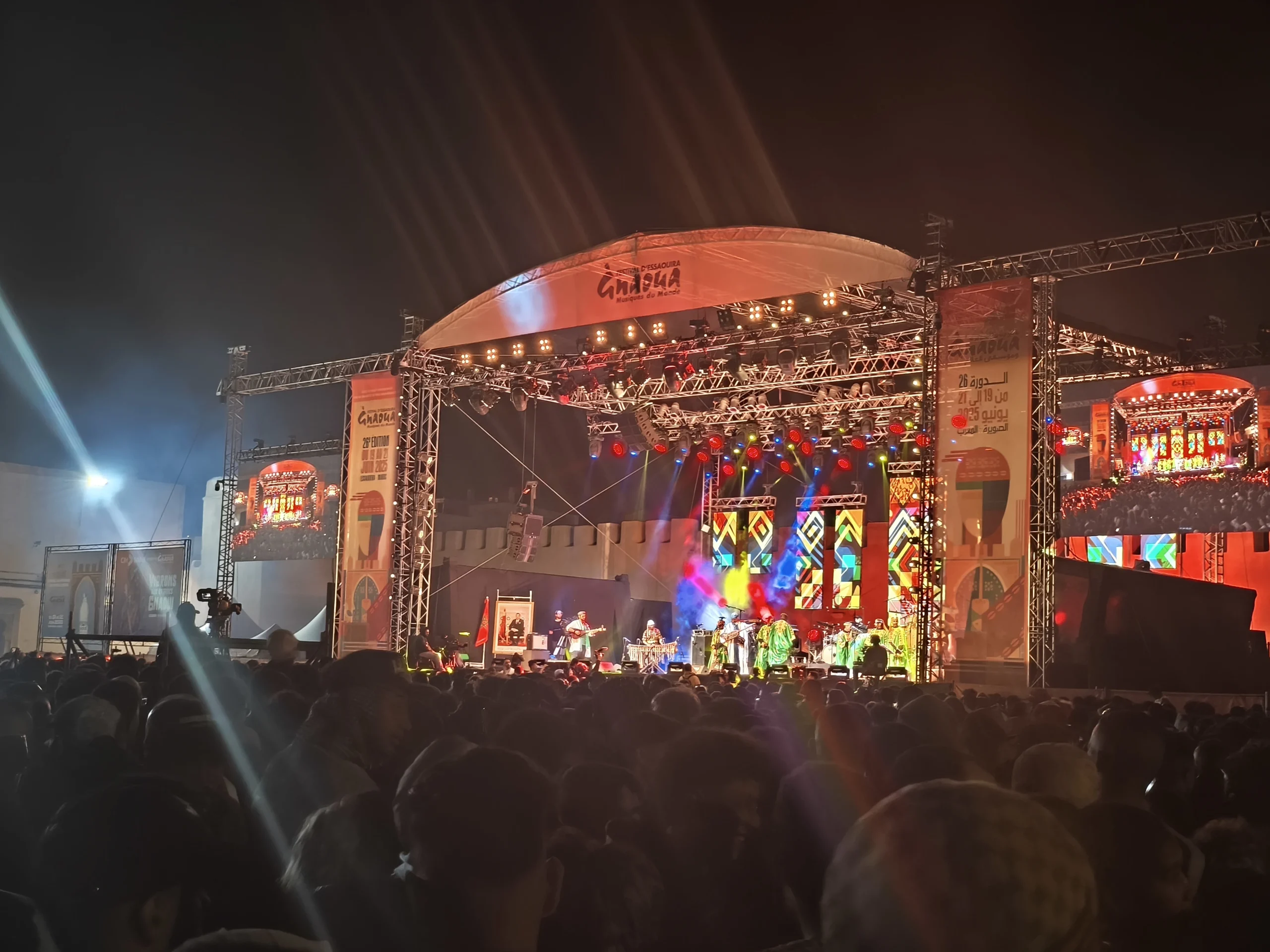
Day One: Opening in Grand Style
The festival began with a colorful parade through Essaouira's narrow streets. I joined the crowds following Maâlems from across Morocco, dressed in their beautiful traditional costumes, as they made their way through the UNESCO World Heritage medina. One elderly maâlem from Essaouira told me, "This is our moussem [festival], a sacred time of reunion and transmission."
The opening night featured the legendary Maâlem Hamid El Kasri alongside Senegal's Bakalama dance company. Their performance was pure electricity—the dancers' vibrant costumes and frenzied movements perfectly complemented the deep spiritual power of Gnaoua music. Moroccan singer Abir El Abed and Senegalese soul artist Kya Loum added their voices to create an unforgettable evening of African unity.
Day Two: Beach Stage Brilliance
The second night moved to the beach stage, where the sound of waves provided a natural backdrop to the music. Young Maâlem Driss Essamlali impressed everyone with his fresh take on traditional Gnaoua, proving that this ancient art form continues to evolve with each generation.
But the real surprise was Ribab Fusion, led by Foulane Bouhssine. They took traditional Amazigh (Berber) songs from the Souss region and blended them with blues, rock, reggae, and funk. As someone who loves discovering Morocco's diverse musical heritage, this performance reminded me why I fell in love with this country's incredible cultural richness.
The night ended with Fahd Benchemsi & The Lallas conquering hearts across all generations. Their mix of Gnaoua with gospel, jazz, and soul was modern yet deeply rooted in tradition—exactly what makes Moroccan culture so fascinating.
Day Three: A Powerful Finale
The Gnaoua Festival Essaouira 2025 saved its most powerful moments for last. Female Gnaoua artist Hind Ennaira took the Moulay Hassan stage and delivered a performance that was both spontaneous and deeply spiritual. Watching her challenge stereotypes while honoring tradition was truly inspiring.
The collaborative concert featuring multiple maâlems and international artists created moments of collective creation that I'll never forget. When Hajar El Alaoui joined the group, her feminine touch added new layers of expression and emotion to the Gnaoua repertoire.
Beyond the Music: A Cultural Experience
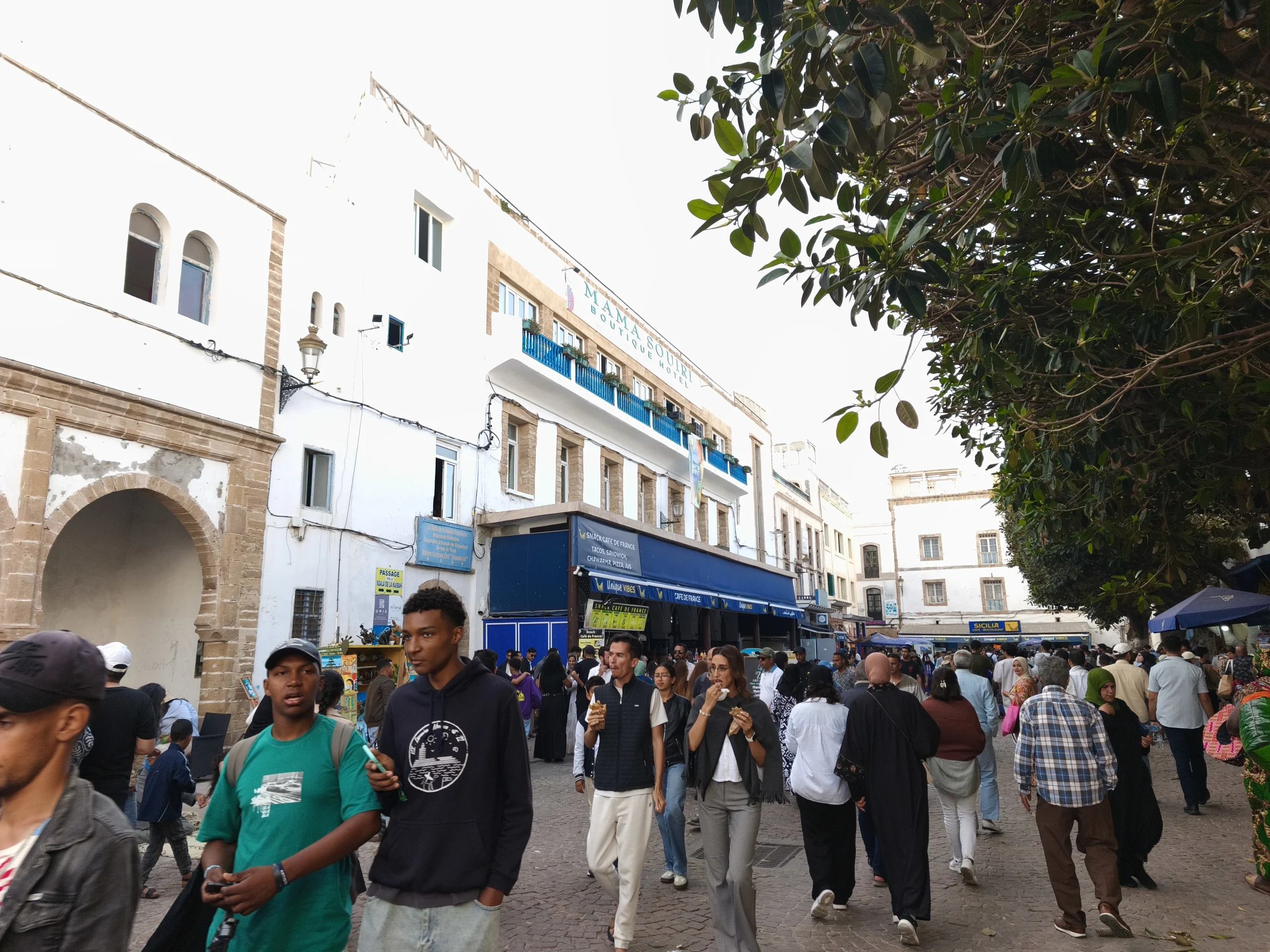
What sets this festival apart is how it transforms the entire city. Between concerts, I wandered through the medina's white-washed alleys, discovering impromptu jam sessions in cafés and small squares. The ramparts of Essaouira echoed with drum beats, and even the port seemed to pulse with musical energy.
I spent hours exploring the medina's artisan workshops, watching craftsmen create the very instruments used in the performances. One luthier showed me how he makes guembris, explaining the spiritual significance of each component. These conversations helped me understand that the festival isn't just entertainment—it's a living celebration of Moroccan heritage.
The 12th Human Rights Forum
Alongside the musical performances, the festival hosted its 12th Human Rights Forum in partnership with the Council of the Moroccan Community Abroad. This year's theme, "Human Mobility and Cultural Dynamics," perfectly captured how music serves as a bridge between cultures and communities. These discussions added intellectual depth to the emotional experience of the concerts.
Practical Tips for Future Festival-Goers
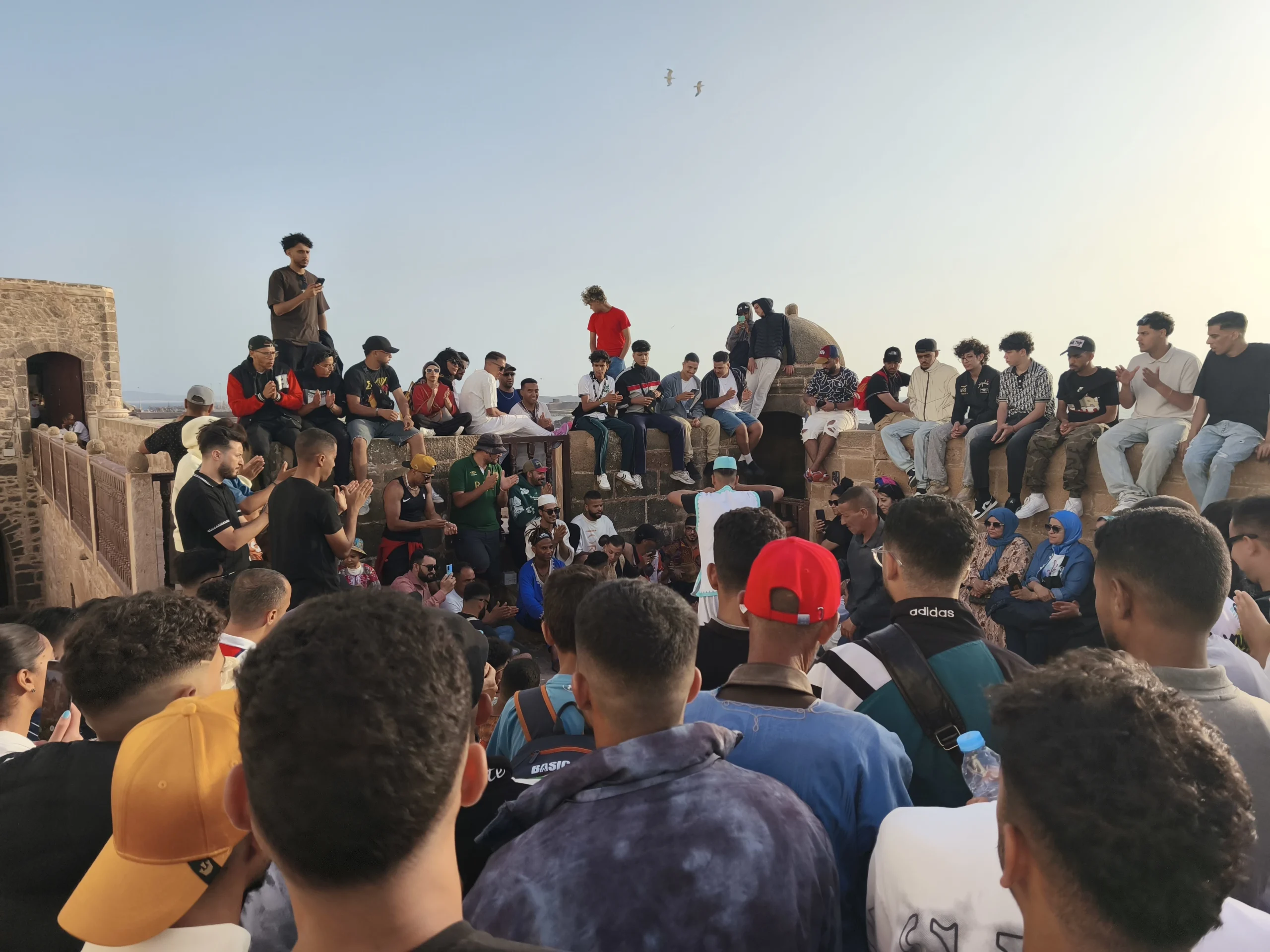
Having experienced the Gnaoua Festival Essaouira 2025 firsthand, here's my advice for anyone planning to attend:
Book Accommodation Early: With over 300,000 festival-goers, Essaouira fills up quickly. I stayed in a traditional riad within the medina, which put me right in the heart of the action.
Embrace the Spontaneity: While the main concerts are incredible, some of my best memories came from unexpected performances in small venues. Keep your ears open and follow the music!
Come Prepared for All Weather: Essaouira is called the "Windy City" for good reason. The Atlantic breeze can be refreshing during hot days but chilly at night. Layer your clothing!
Try the Local Food: The festival brings food vendors from across Morocco. I discovered some amazing tagines and fresh seafood that I'm still dreaming about.
Learn a Few Gnaoua Terms: Understanding words like "maâlem" (master) and "lila" (healing ceremony) enhanced my appreciation of the performances.
The Soul of Morocco on Display
As I watched the final performance of the Gnaoua Festival Essaouira 2025, I realized this event represents everything I love about Morocco. It's a country where ancient traditions don't just survive—they thrive, evolve, and inspire new generations. The festival proves that Morocco's cultural heritage isn't locked in the past but actively shapes its dynamic present.
The sight of young Moroccan musicians collaborating with international artists, the sound of centuries-old chants mixing with modern instruments, and the feeling of spiritual connection among thousands of people from different backgrounds—this is Morocco at its most beautiful and welcoming.
Looking Ahead: Why This Festival Matters
Producer Neila Tazi's words during the opening ceremony still resonate with me: "This festival isn't just a musical event. It's a celebration of heritage, dialogue, and shared humanity. Culture is one of the most powerful forces we have to bring people together."
The Gnaoua Festival Essaouira 2025 proved her right. In a world that often feels divided, witnessing Moroccan maâlems jamming with Cuban musicians, Senegalese dancers moving to Berber rhythms, and international audiences swaying to Gnaoua chants reminded me of our shared humanity.
Frequently Asked Questions
The festival typically occurs in June. The 26th edition ran from June 19-21, 2025, and future editions usually follow a similar timeline.
Many concerts are free and take place in public spaces throughout the medina. Some special venues may charge admission, but the festival's spirit is about accessibility.
Most visitors fly into Marrakech and take a bus or shared taxi to Essaouira (about 2.5 hours). During festival time, there are often additional transport options available.
Absolutely! The medina's artisan shops offer beautiful guembris, qraqebs, and other traditional instruments. Festival time often brings special displays and demonstrations.
Yes! I saw families of all ages enjoying the performances together. The afternoon concerts and cultural activities are perfect for children.
Have you experienced the magic of Morocco's music festivals? I'd love to hear about your own adventures in the comments below! And if you're planning to visit Morocco for the Gnaoua Festival or any other cultural event, feel free to ask questions—I'm always happy to share tips from my Moroccan journey.
What aspect of the Gnaoua Festival interests you most? The spiritual traditions, the musical fusions, or perhaps the incredible atmosphere of Essaouira during festival time?
